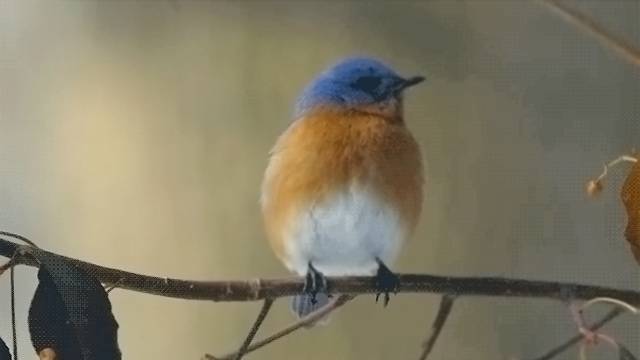More than 350 bird species have settled in across Michigan as they establish breeding territories and search for a mate. These birds are easier to identify in summer, as many of them have swapped their drab winter colors for brighter and more decorative plumage.
Many birds are singing at this time of year, filling Michigan’s woodlands, wetlands and grasslands with their unique and melodic songs, and allowing bird watchers to practice birding by ear. Most birds are vocal within three hours of sunrise.
Plan an early morning trip out to your local public lands to experience nature’s symphony, but don’t wait too long. Bird song and bird feeder activity will dissipate at the end of the month, as most birds will be busy rearing their young.
Some Michigan bird species like killdeer and American robins have already fledged their first brood of chicks in June, while others like American redstarts and black terns are likely still incubating eggs.
Blue-winged teal, dickcissels and indigo buntings continue to nest and rear their young into July. Meanwhile, American goldfinches are waiting for wildflower and thistle blooms to peak in July to begin nesting.
Surprisingly, July also marks some of our first departures and arrivals of some fall migrants! Our beloved ruby-throated hummingbirds will start departing the end of July, while Arctic shorebirds like sanderlings and semipalmated plovers will begin to arrive as they head to their wintering grounds.












